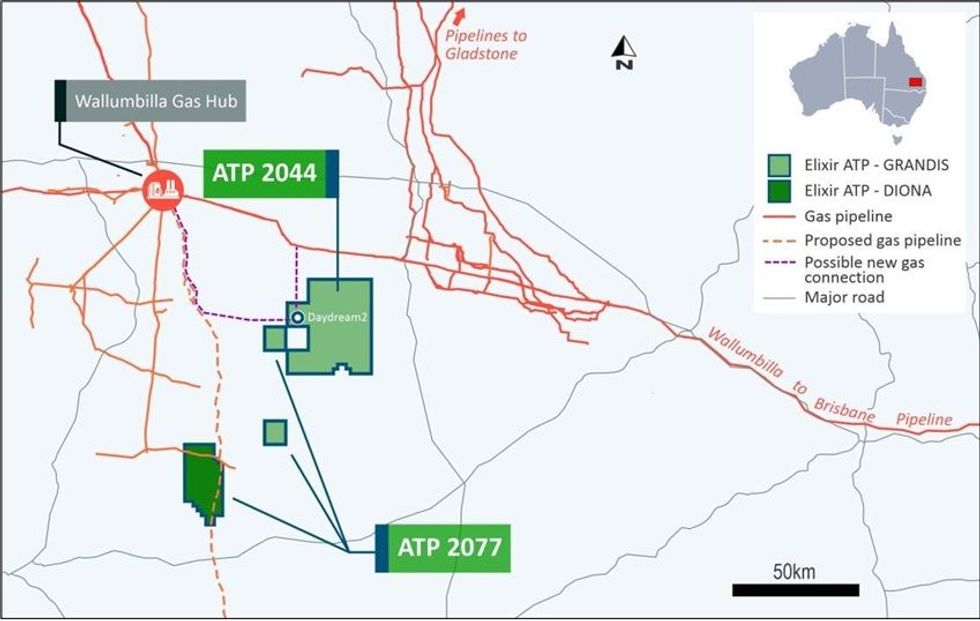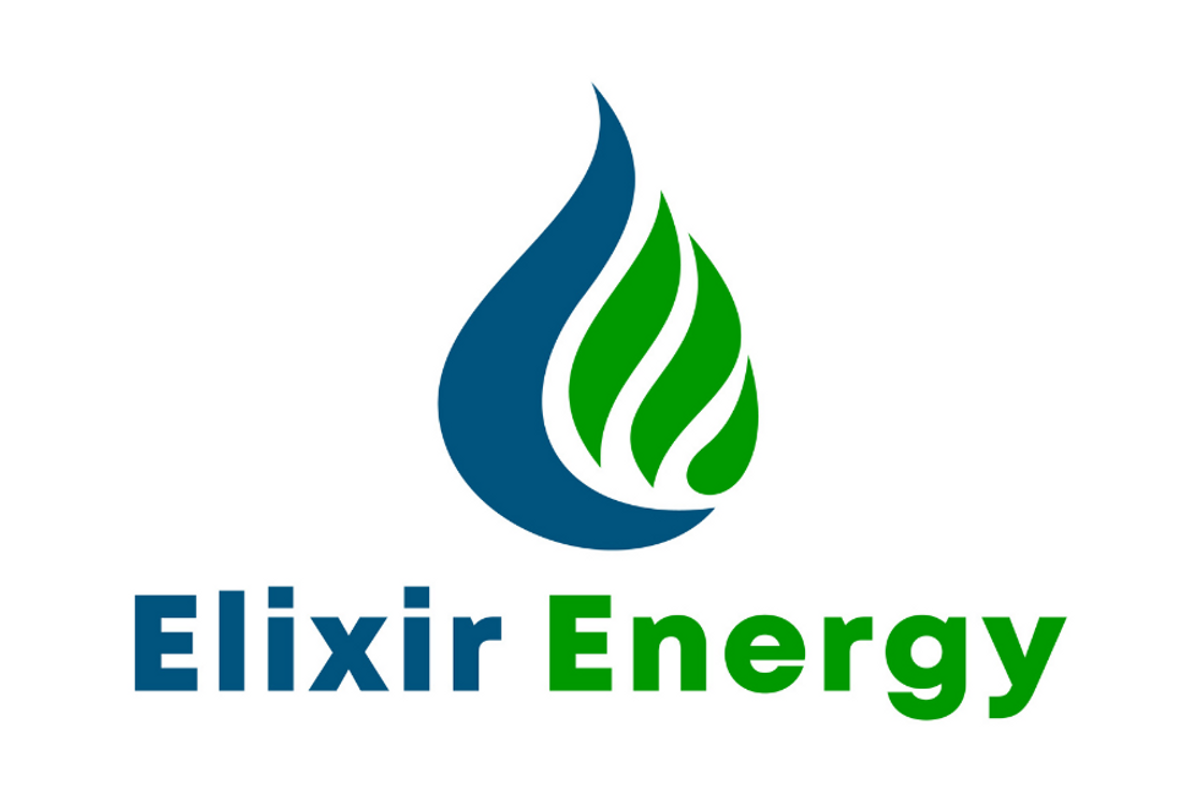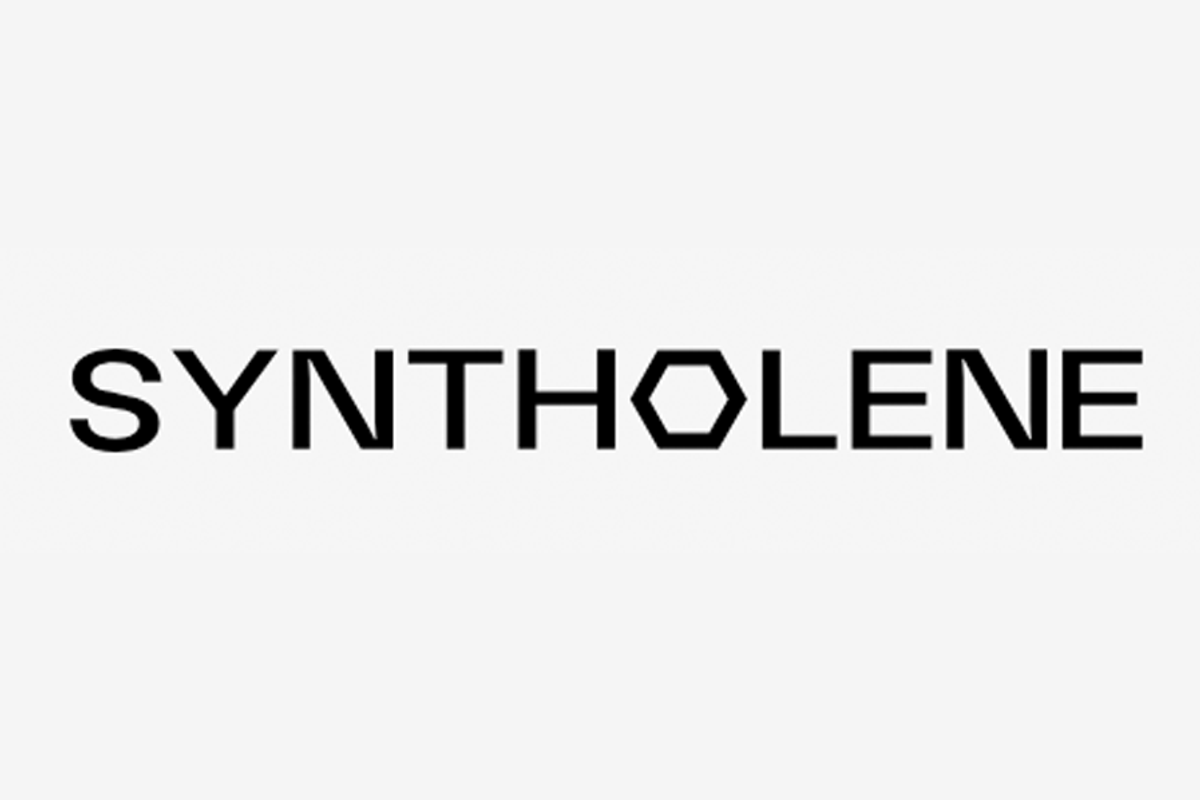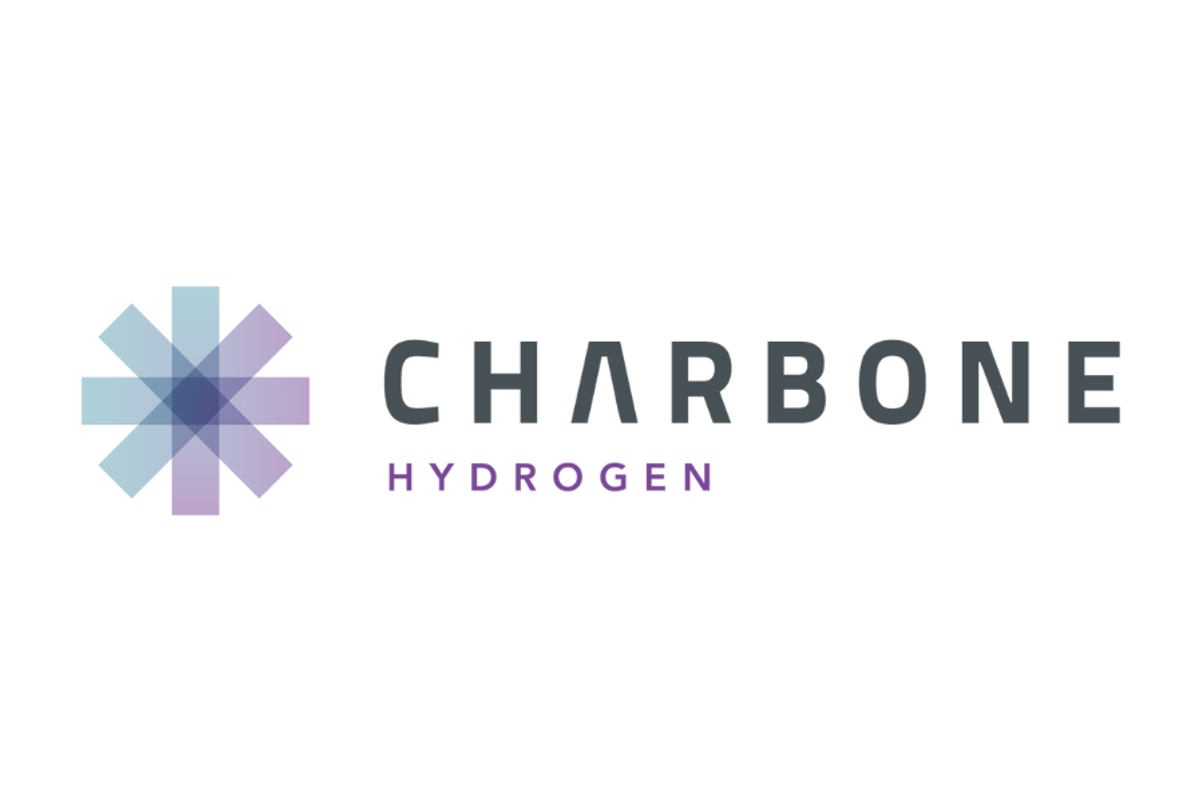
October 20, 2024
Elixir Energy Limited (“Elixir” or the “Company”) is pleased to announce the execution of a non-binding Memorandum of Understanding (MOU) with AGI Development Group Pty Ltd, a part of the Australian Gas Infrastructure Group (AGIG).
HIGHLIGHTS
- Elixir executes MOU with Australian Gas Infrastructure Group (AGIG)
- AGIG is one of the largest gas infrastructure businesses in Australia
- The MOU promotes developing new gas infrastructure for Elixir’s Taroom Trough gas resources
The MOU provides the parties with an initial framework under which to investigate the potential development of gas infrastructure assets to support the possible future production of gas from Elixir’s Grandis Gas Project in the Taroom Trough.
The key elements that the parties will initially consider will be in the areas of a new gas transmission pipeline to the Wallumbilla Hub; processing and compression facilities; and, gas storage facilities. The parties may seek to bring in parties such as the owners of other complementary upstream assets and Government bodies into this process.
About AGIG:
Australian Gas Infrastructure Group (AGIG) is one of Australia’s largest gas infrastructure businesses in Australia. It owns and operates infrastructure that delivers gas to more than two million Australian homes, businesses, manufacturers, large industrials and electricity generators. Key transmission and storage assets include the 1,600 kilometre Dampier to Bunbury Natural Gas Pipeline and the Tubridgi Gas Storage Facility in Western Australia, and the 140 kilometre Wide Bay Gas Pipeline in Queensland.
Elixir’s Managing Director, Mr Neil Young, said: “We are very pleased to enter into a MOU with a company of the calibre of AGIG. This serves as an initial framework to investigate how the massive gas resources of Project Grandis – and potentially the broader Taroom Trough – might be most effectively brought to market. Furthermore, it is a significant and timely confidence booster in the vast potential of the gas assets in this region from a very well regarded third party.”
Click here for the full ASX Release
This article includes content from Elixir Energy, licensed for the purpose of publishing on Investing News Australia. This article does not constitute financial product advice. It is your responsibility to perform proper due diligence before acting upon any information provided here. Please refer to our full disclaimer here.
EXR:AU
The Conversation (0)
02 May 2024
Elixir Energy
Early-mover in natural gas exploration and appraisal in Australia and Mongolia.
Early-mover in natural gas exploration and appraisal in Australia and Mongolia. Keep Reading...
12 December
Syntholene Energy
Syntholene Energy is a Canada-based mineral exploration company. It is focused on the exploration and development of the Iron Lake Project which comprises 21 mineral claims totaling 8,035 hectares. Keep Reading...
10 December
Syntholene Energy Announces Completion of Reverse Takeover
Syntholene Energy Corp. (TSXV: ESAF) (formerly, GK Resources Ltd.) (the "Company" or "Syntholene") is pleased to announce that, further to its news releases dated May 6, 2025, May 16, 2025, July 9, 2025, September 18, 2025, November 18, 2025 and December 3, 2025, it has completed the acquisition... Keep Reading...
10 December
Angkor Resources Identifies Gold Prospect on Andong Meas License, Cambodia
(TheNewswire) GRANDE PRAIRIE, ALBERTA (December 10, 2025): Angkor Resources Corp. (TSXV: ANK,OTC:ANKOF) ("ANGKOR" OR "THE COMPANY") announces an additional gold target, named CZ Gol d on the west side of the Canada Wall prospect on the Andong Meas exploration license in Ratanakiri Province,... Keep Reading...
09 December
CHARBONE Taps Air Liquide Veteran Ahead of First Revenue from Flagship Project
(TheNewswire) Brossard, Quebec TheNewswire - December 9 2025 CHARBONE CORPORATION (TSXV: CH,OTC:CHHYF; OTCQB: CHHYF; FSE: K47) (" CHARBONE " or the " Company "), a North American producer and distributor specializing in clean Ultra High Purity (" UHP ") hydrogen and strategic industrial gases,... Keep Reading...
09 December
CHARBONE recrute un veteran d'Air Liquide avant les premiers revenus de son projet phare
(TheNewswire) Brossard, Quebec TheNewswire - le 9 décembre 2025 CORPORATION CHARBONE (TSXV: CH,OTC:CHHYF; OTCQB: CHHYF; FSE: K47) (« CHARBONE » ou la « Société »), un producteur et distributeur nord-américain spécialisé dans l'hydrogène propre Ultra Haute Pureté (« UHP ») et les gaz industriels... Keep Reading...
04 December
Angkor Resources Confirms Mussel Basin Target on Block VIII Oil & Gas License, Cambodia
(TheNewswire) GRANDE PRAIRIE, ALBERTA TheNewswire - (Dec. 4, 2025): Angkor Resources Corp. (TSXV: ANK,OTC:ANKOF) ("ANGKOR" OR "THE COMPANY") announces Mussel Basin as a fourth target for exploratory drilling based on data processing of the seismic program. After identifying three significant... Keep Reading...
Latest News
Latest Press Releases
Related News
TOP STOCKS
American Battery4.030.24
Aion Therapeutic0.10-0.01
Cybin Corp2.140.00




